Solve number sentences and determine the codewords with this differentiated Easter egg hunt activity.
An Easter Hunt … How to Play!
Print out the Easter eggs and ciphers on cardstock for added durability. Cut out the 24 Easter eggs and place them around the room or a particular area outside. Be sure to hide some of the eggs in locations that are tricky to find! You will want to ensure your students understand that when they find an egg, they leave it in place and only write the egg’s number on the matching egg on their worksheet.
Pair students up and provide a worksheet to each student. Students will look carefully around the room for the eggs. When they find a match, they write the number inside the eggs on their worksheet. Once the eggs have been found, they solve each number sentence.
Crack the Codes, Not the Eggs!
Once the students have solved the number sentences correctly, provide them with a cipher. There are three versions for your students: easy, difficult, and hard. You may want to start with the hardest cipher and only provide the next level if they are struggling.
You can print multiple ciphers for your students to use or just display them digitally.
Differentiation
The three worksheets in this resource allow you to differentiate the activity based on your student’s abilities. Each worksheet uses the same Easter eggs hidden around the classroom. The only difference is how the numbers are ordered and the operations used. This way, you can have all students playing the game simultaneously but at their own level.
The symbols in the top-right corner of each worksheet allow you to determine which worksheet they are completing. They are listed below in order of complexity.
- Triangle
- Students should be able to complete simple addition and subtraction number sentences.
- Circle
- Students should be able to complete simple addition, subtraction, and multiplication problems.
- Trapezium
- Students should be familiar with the order of operations (including parenthesis).
Answer keys are included in the download.



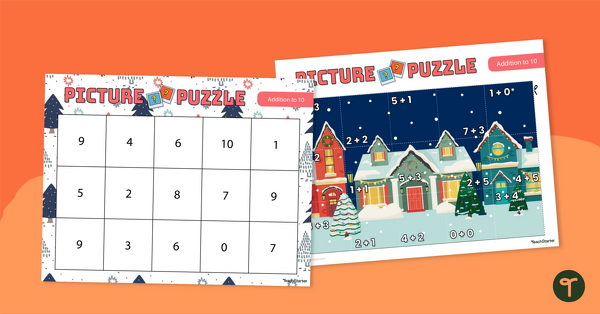
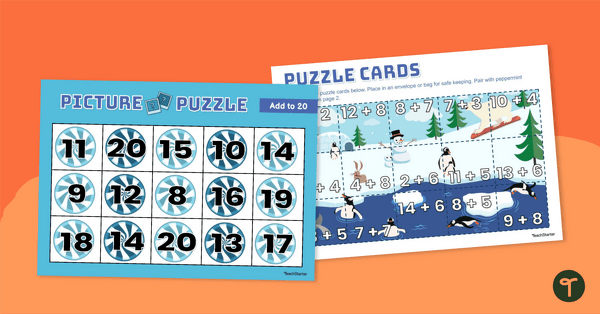
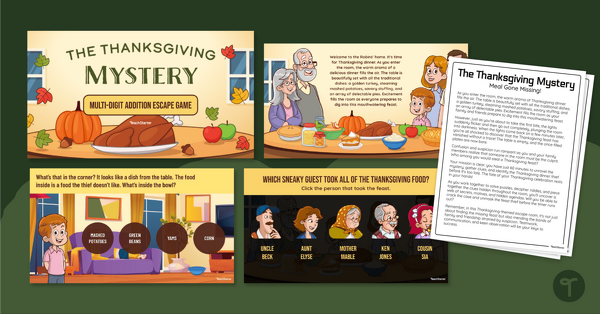
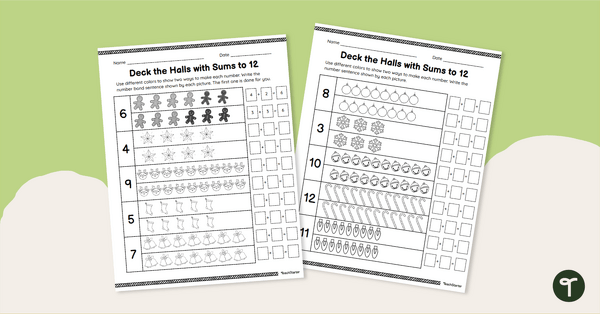
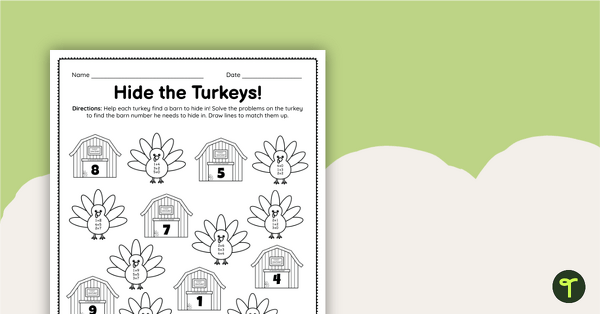
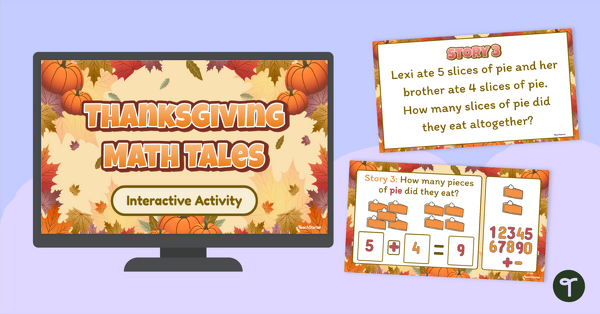
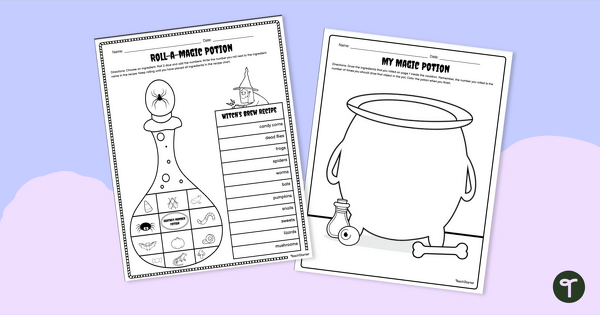
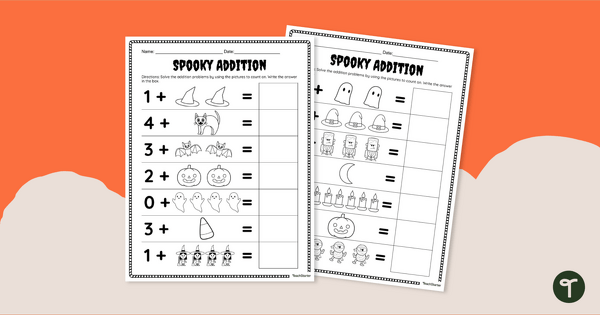
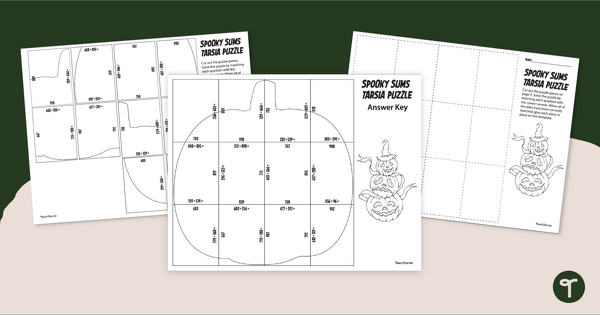
0 Comments
Write a review to help other teachers and parents like yourself. If you'd like to request a change to this resource, or report an error, select the corresponding tab above.